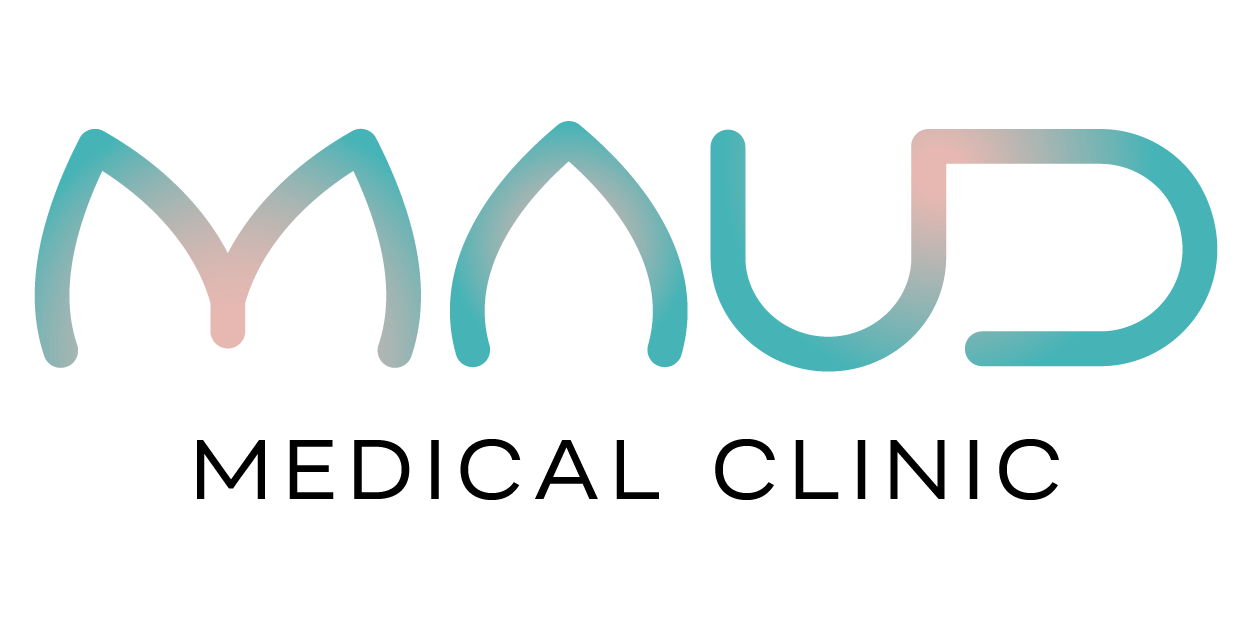Endometriosis
WHAT IS THE ENDOMETRIUM?
The uterus (often referred to as the womb) is the female reproductive organ where the fetus grows and develops during pregnancy. The endometrium is the inner lining of the uterus that nourishes the developing embryo. During the menstrual cycle, hormones cause the endometrium to thicken and prepare for pregnancy. If pregnancy does not occur, the endometrium is shed and becomes menstrual flow.
WHAT IS ENDOMETRIOSIS?
Endometriosis occurs when the endometrium grows outside of the uterus. The clumps of tissue growing outside of your uterus are referred to as implants, and these can grow on the ovaries, fallopian tubes, or intestines. While endometriosis itself usually is not dangerous, it can cause severe pain and impact fertility. Endometriosis is predicted to occur in about 6-10% of people with uteruses, 25-50% of people with uteruses and infertility, and in 75-80% of people with uteruses and chronic pelvic pain. The average age at diagnosis is 27 years.
What causes Endometriosis?
The cause of endometriosis is still unclear. The most widely accepted explanation is retrograde menstruation. This means that some menstrual tissue flows up through the fallopian tubes during menstruation instead of down through the vagina, then implants on other organs like the ovaries. Retrograde menstruation may occur due to heavy bleeding or abnormal structure of the uterus, cervix, or vagina. High amounts of the female hormone estrogen makes endometriosis worse, which corresponds with childbearing years. This is why endometriosis is most common in younger people. Endometriosis may also be passed down through families, meaning you are at increased risk if you have a sibling or parent with endometriosis.
What are the symptoms of Endometriosis?
The most common symptoms are
Abnormal Bleeding
blood in urine
blood in stool
spotting between periods
heavy or long periods
bleeding after sexual activity or intercourse
Infertility
difficulties getting pregnant
Pain
severe menstrual cramps
low backache/pain
pain during sexual intercourse or activity
rectal pain
pain during bowel movements
pain with urination
The symptoms can vary depending on the location of the implants.
HOW IS ENDOMETRIOSIS DIAGNOSED?
A physician can perform a series of exams and tests and to determine your likelihood of having endometriosis and rule out any other conditions.
Your doctor may order some of the following tests:
Pelvic ultrasound
MRI/CT scan
Physical exam
Blood test
Currently, the only way to confirm a definitive diagnosis of endometriosis is through a surgical procedure where the surgeon is trained to look for endometriosis implants and scar tissue.
If a physician strongly suspects endometriosis to be present, treatment can be started right away. If symptoms improve, this is a strong indicator of the disease and results in improved quality of life for patients.
HOW IS ENDOMETRIOSIS TREATED?
If endometriosis is suspected or diagnosed, your doctor may advise:
over the counter medication such as ibuprofen to reduce inflammation.
oral contraceptives (birth control pills) to slow the growth of potential or confirmed implants
progestins (medroxyprogesterone and norethindrone) or gonadotropin-releasing hormone (GnRH) agonists
Surgical intervention
Laparoscopy
used to look for and possibly remove growths and scar tissue
does not guarantee long-lasting results.
Hysterectomy & oophorectomy
Removal or uterus and ovaries
only for those not planning to be pregnant in the future
Since the ovaries are removed, menopause-like symptoms can occur
longer pain relief than laparoscopy excision
does not treat implants outside the uterus and/or ovaries
implants may still remain and cause pain/symptoms in other areas of the body
If you suspect you may be suffering with endometriosis, there are options available to help improve your pain and quality of life. If you would like to learn more, speak to your physician or primary healthcare provider or visit :
https://endometriosisnetwork.com/

